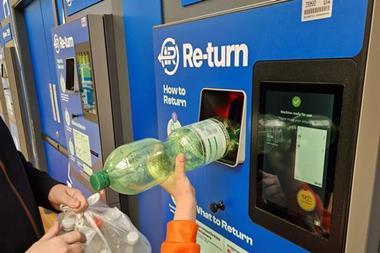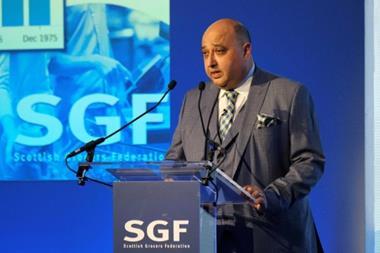Influential think tank calls for plain packaging on sweets

Tobacco-style plain packaging legislation should be extended to cover confectionery, crisps and sugary drinks, an influential think tank has recommended.
ALREADY HAVE A REGISTERED USER ACCOUNT? PLEASE LOG IN HERE
To read the full story join the ConvenienceStore.co.uk community today!
Registration is quick and easy and provides access to:
- Unlimited ConvenienceStore.co.uk articles
- Our great range of newsletters
- Content you’ve saved for later via the ‘my library’ feature
And much more…































